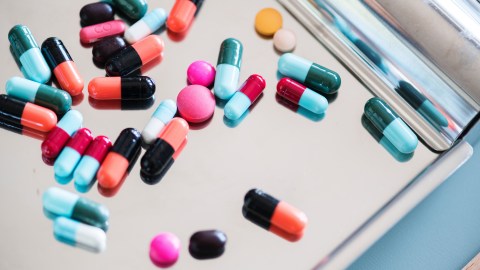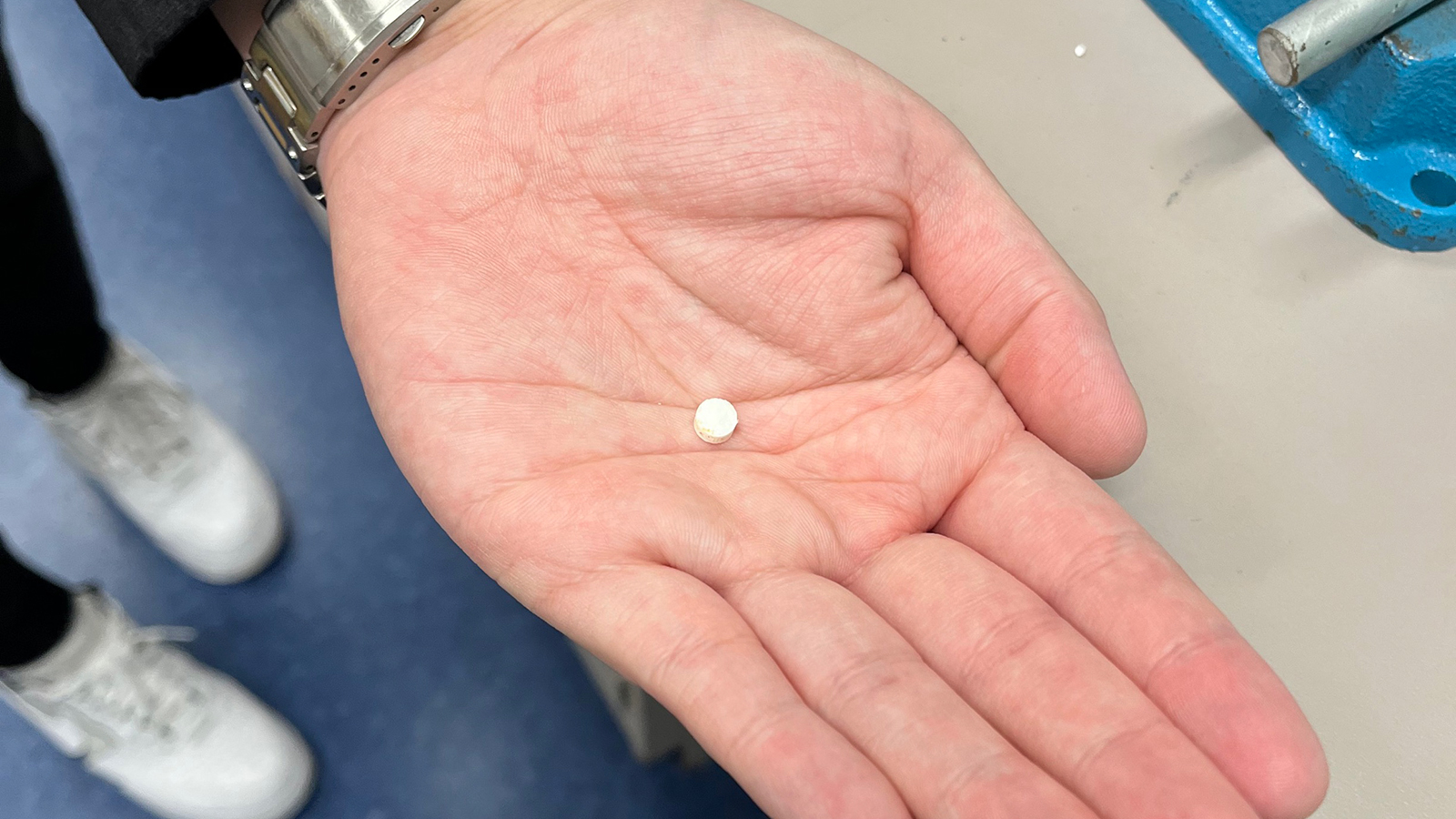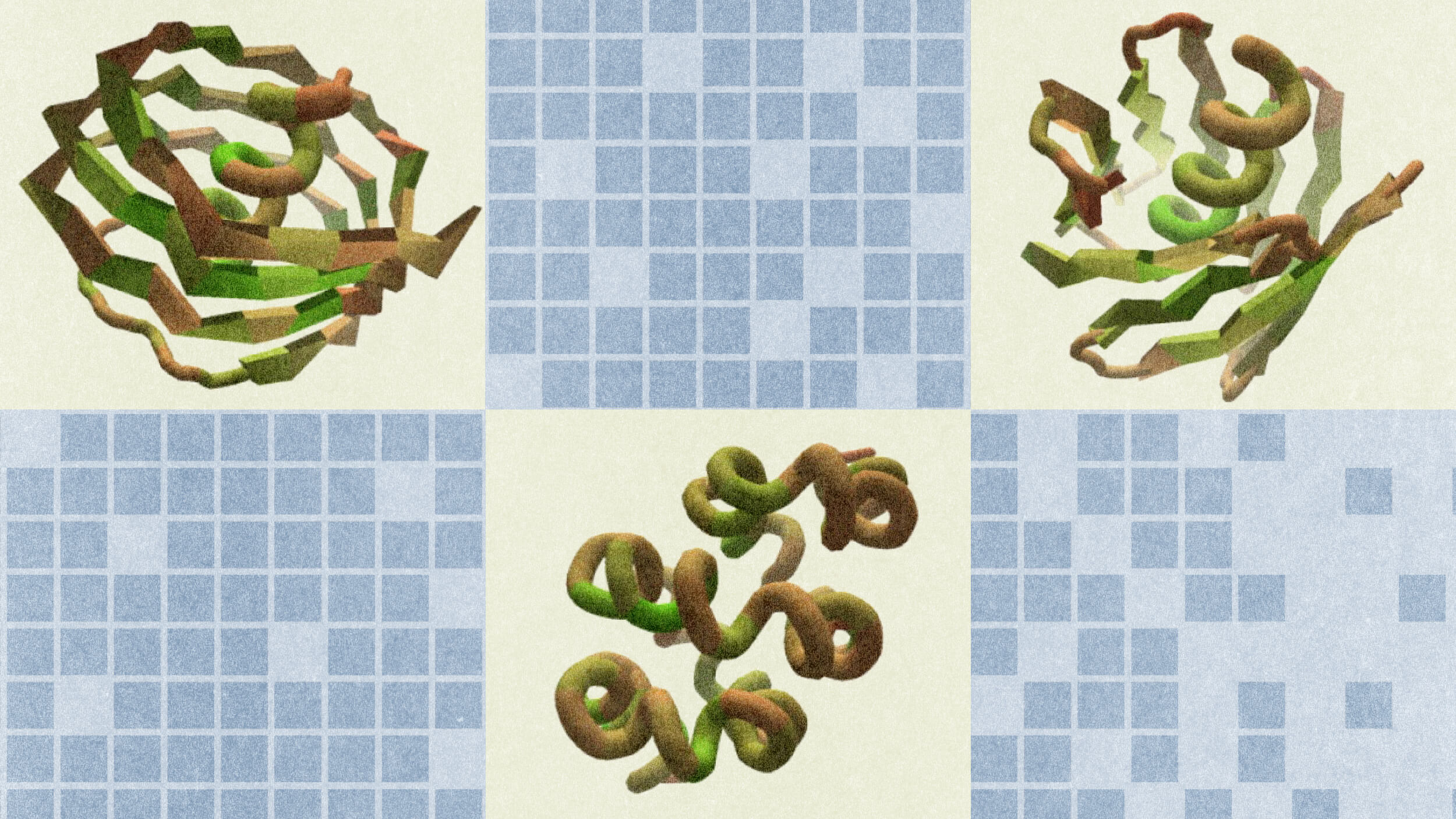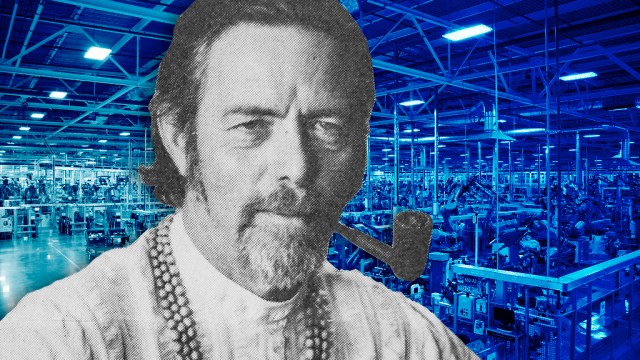- Insulin breaks down in the stomach, so diabetics haven’t had the option of taking insulin in a pill.
- A new device whose design is inspired by tortoises can be swallowed and inject diabetics with insulin from the inside.
- Though it’s still a prototype, the device is an exciting development for delivering insulin and other drugs.
No matter the delivery mechanism, consistently getting a dose of insulin is inconvenient, complicated, and non-negotiable. The unfortunate nature of insulin is that it must enter the bloodstream—if one were to swallow insulin as a pill, for instance, the stomach’s enzymes would break the compound down, rendering it useless. So, diabetics must resort to constant injections. However, every new advancement in insulin administration technology has the potential to vastly improve the onerous task of staying alive for a diabetic. This is why a new paper published in Science is so exciting.
A team of researchers has developed a prototype for what amounts to insulin in a pill. But, since insulin can’t persist in the stomach, the new device is more accurately described as a swallowable needle. That may sound terrifying, but their research thus far suggests that it’s safe, effective, and painless. SOMA—or the self-orienting millimeter-scale applicator—is a tiny device about 1.7 mm tall. When swallowed, it flips and turns around in the stomach, landing in such a way that a biodegradable needle can be deployed into the stomach lining. Because there aren’t that many sharp pain receptors in the stomach, this needle causes no pain. And SOMA is small enough that once it’s done its job, it easily passes through the rest of the digestive tract.

A leopard tortoise, whose shell shape inspired the design, and a cross section of the device.
Abramson et al., 2019
How does it work?
Like many well-designed products, SOMA took its inspiration from nature; specifically, the leopard tortoise. Tortoises in general have a big problem: Once they flip onto their backs, they have a lot of trouble getting back upright. Stuck upside down, they’re liable to be eaten by predators or cooked in the hot sun. Some tortoises, like the leopard tortoise, have evolved a unique shape that makes orienting themselves easier. Their bottom half is fairly flat, but the top of their shells arches up in a sharp, dome-like shape. This is the same design that SOMA uses—it’s shaped like a leopard tortoise’s shell or an acorn so that it lands on its bottom, where the needle emerges. Furthermore, the top half of the device is made out of a lightweight, biodegradable polyester, while the bottom half is made of heavier stainless steel, encouraging it to flip in the necessary direction.
To test the device, the researchers fed SOMA to pigs, whose physiology resembles that of humans in many respects. In these trials, the researchers made a needle of biodegradable polymer, with a tip made from insulin. Once injected, the insulin performed as expected, encouraging the cellular uptake of glucose. Since these pigs weren’t diabetic, though, this wasn’t exactly a pleasant experience for them—they became hypoglycemic, where their blood sugar levels dropped too low. Before you worry too much, the researchers did rescue them with a quick dose of dextrose, bringing their blood sugar back to normal.
What’s next?
While insulin was used for testing purposes and is clearly an exciting use case for this technology, it’s not the only drug SOMA could be used for. In theory, any drug that can be cast into a needle tip and administered safely and stably through stomach lining could be used.
While its certainly an innovative technology, it’s important to remember that this is just a prototype. How it might work in humans, especially diabetics who must consistently take insulin, is unclear. The repeated internal injections could be unsafe. In addition, the size of the device and the thickness of the stomach lining limit the maximum dosage SOMA can deliver, potentially rendering it ineffective for certain medications. But despite these possible limitations, SOMA’s promising prototype trials suggest that a drug-delivery system like it could be put into use in the future.






